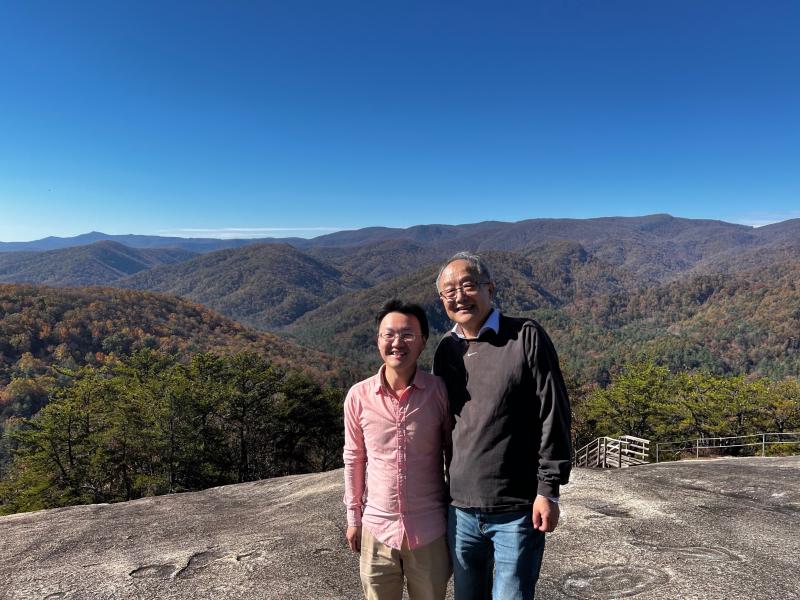
Although immunotherapies have demonstrated remarkable success on some melanoma patients, the efficacy for the rest of patients is mild and temporary due to primary and acquired resistance. Overcoming the immune resistance is an unmet clinical need for melanoma therapies. This project was initiated based on the original observation by Dr. Tao Yin in the Wang Lab that innervation of neural fibers was detected in human melanoma patient samples. Dr. Yin reasoned that melanoma are derived from melanocytes, which are derived from neural crest and share a neuroectodermal origin with the nervous system. So he investigated whether this feature is exploited by melanoma, and he found that nerve growth factor (NGF) could act to suppress immune activities in the tumor microenvironment via both melanoma cell-intrinsic and -extrinsic actions. For melanoma cells, NGF functions via an autocrine loop through its TrkA receptor to desensitize IFN-γ response and excludes T and NK cells from the tumor microenvironment. To effector T cells, which upregulates surface TrkA expression upon T cell receptor (TCR) activation, the paracrine NGF signaling recruits SHP-1 to TCR complex and directly dampens TCR signaling and effector function, especially for those TCRs with moderate affinities against tumor antigens. Targeting NGF genetically or pharmacologically reshapes the melanoma microenvironment and sensitized immunotherapy for tumor eradication. This superior efficacy is associated with enhanced anti-tumor memory carried by T cells with moderate affinity TCRs. Our findings reveal a comprehensive mechanism through which the NGF-TrkA axis suppresses CD8+ T cell infiltration and function, which could be targeted by an FDA-approved inhibitor for TrkA in combinatory therapy for the treatment of melanoma patients.
Read the full manuscript in Nature Immunology: https://www.nature.com/articles/s41590-023-01723-7
PubMed: https://pubmed.ncbi.nlm.nih.gov/38195702/